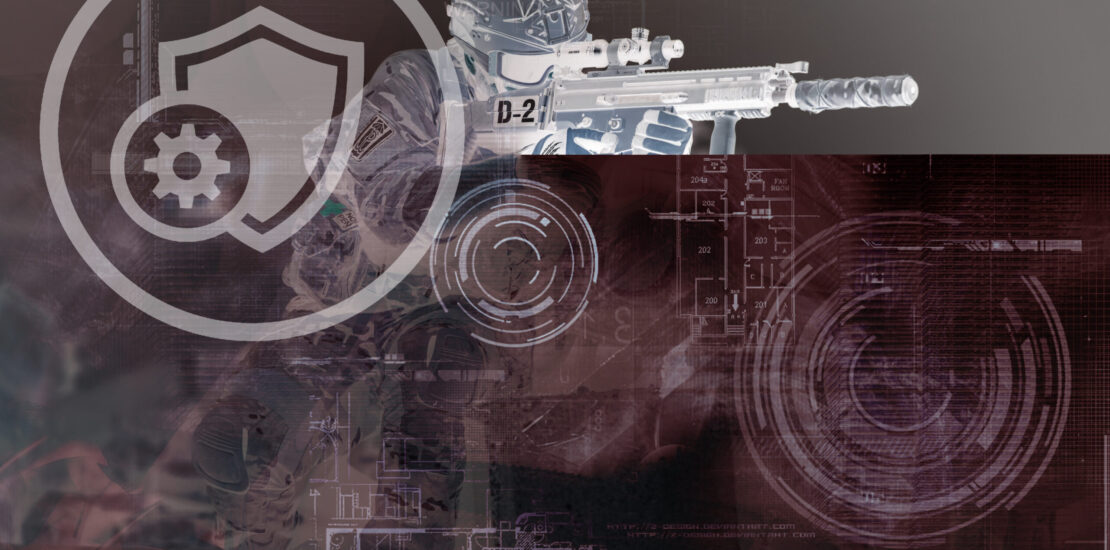- 20 julio, 2020
- Posted by: Armando Nuricumbo
- Categoría: Global

Passwords are like underwear: you don’t let people see it, you should change it very often, and you shouldn’t share it with strangers.
Chris Pirillo
With the exponential growth of transactions over the Internet, the risks of crime in cyberspace have also increased sharply. Cybersecurity is looking as one of the fastest growing professional activities for the coming years.
For a long time, cybersecurity was understood as an activity exclusive of technology administrators, highly focused on threats involving the infrastructure of organizations and risks that remained limited to a small group of users, who were high producers or consumers of sensitive information. However, in recent years, sensitive information has multiplied, the number of internal and external users has grown rapidly, and the operation of Internet business models has transitioned from being a “nice to have” to become a key part of the business, if not the business itself. More and more organizations have information as their main asset: the data of their customers, their products, their behavior, their understanding of the market and their competition. On the other hand, more and more countries have instituted strict regulations for the handling and protection of personal or confidential data, which adds to the equation regulatory complexity and the risk of heavy fines.
The development of the Covid-19 pandemic is causing a massive migration of users and transactions to digital media. In Mexico, for example, the download and use of digital banking increased by 116 percent in the period from April to June 2020. It is estimated that the number of users who adopted digital banking in the last three months would have done so over a period of three years under normal conditions. The world will move in the coming months to business models called “low-touch” or “stay-at-home”, in order to retain and win customers in a context of concern about the risk of contagion. This will be a great catalyst for the digital economy but also a great window of opportunity for cybercriminals.
Microsoft recently released some troubling cybercrime data. They explained that worldwide, every second, about 12 people become victims of a crime on the Internet. According to Julius Baer’s research area “Combating Invisible Threats”, cyberattacks cost the world economy about US $ 1.5 trillion per year, which is greater than all of Mexico’s annual GDP. Our country is position number sixth of the countries with the highest number of cyberattacks, only behind the United States, Canada, the United Kingdom, Brazil and Germany. In recent months we have witnessed attacks on the websites of Condusef, Banco de México, Pemex and the electronic payment system SPEI. Last week, even the Twitter page, a giant of the digital economy in Silicon Valley, was hacked by cybercriminals, who seized 130 high-profile user accounts, including Joe Biden, Barack Obama, Elon Musk, Warren Buffet and Kim Kardashian, and used them to try to sell fake bitcoins among their followers.
Cyberspace is undoubtedly the new battlefield. Companies, markets and even elections may be manipulated by those who have access to privileged information, or by those who can use these networks to disseminate the information that suits their interests. The attack on Twitter shows that even the most advanced technology companies may be susceptible to this problem. Undoubtedly, this year’s presidential election in the United States will be a litmus test in that convergence where technology, elections, public perception, criminal gangs and foreign governments meet. Will it be possible to “hack” a presidential election in the same way that a company is “hacked”? This year in November we could perhaps have part of the answer.
